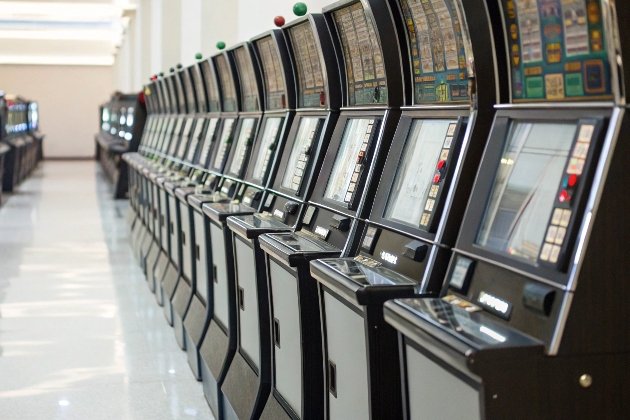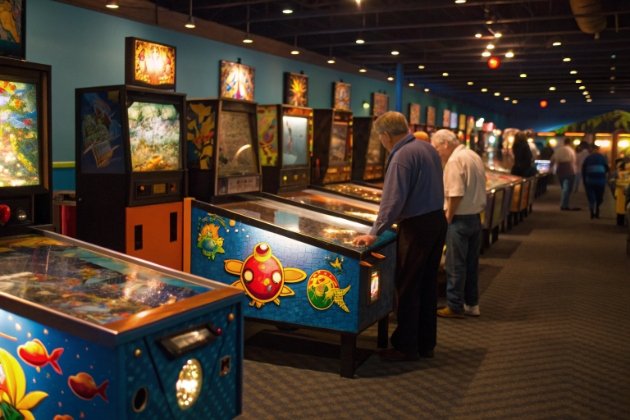I’ve seen venue owners get frustrated trying to fit gaming cabinets into limited spaces. I know how tricky it is to balance size, layout, and movement.
Gaming cabinets vary in size depending on the model and function. Standard single-player cabinets are usually 24–30 inches wide, 20–25 inches deep, and 50–70 inches tall, while multiplayer cabinets can exceed 100 inches in width. Weight ranges from 100 to 500 pounds, depending on materials and configuration. 1
Finding the right balance between cabinet size and venue space can be difficult. But once you understand the standard dimensions and materials, planning becomes much easier.
Can You Provide Dimensions and Space Requirements for Each Model?
I remember visiting a client’s venue that felt overcrowded because the cabinets were too large for the layout. That’s when I realized dimensions matter more than most owners think.
Single-player cabinets usually require 3–6 square feet of floor space, while multiplayer units can take up 10–20 square feet or more. Each model is designed to match venue size, ensuring smooth player movement and access. 2
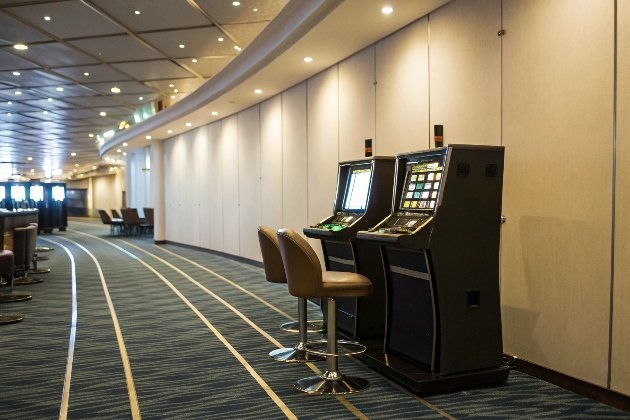
When planning your venue, it’s important to consider both cabinet footprint and clearance. Aisles should allow players to move comfortably, and there must be room for maintenance access.
Typical Cabinet Dimensions
| Cabinet Type | Width (inches) | Depth (inches) | Height (inches) | Floor Area (sq. ft.) |
|---|---|---|---|---|
| Compact Single | 24–30 | 20–25 | 50–70 | 3–6 |
| Dual Player | 40–55 | 25–30 | 55–75 | 6–10 |
| Multiplayer (4–8 players) | 60–110 | 35–45 | 60–80 | 10–20 |
The right model depends on your venue’s design. Compact models fit small shops or cafés, while large cabinets suit open gaming rooms. In tight spaces, modular or corner cabinets can help maximize every inch. 3
Space Planning Tips
- Always leave at least 24 inches of clearance between cabinets.
- Plan for doorway width before installation.
- Consider cable routing under floors or walls.
- Keep maintenance access at the back or side of each unit.
How Do You Ensure the Cabinets Are Compact and Easy to Move?
When I helped a small arcade set up its new fish tables, we almost couldn’t fit them through the entrance. That experience made me rethink how compact designs improve operations.
Cabinets are made compact through modular construction, lightweight materials, and detachable panels. These allow easy transport through doorways and smooth installation in confined areas. 4
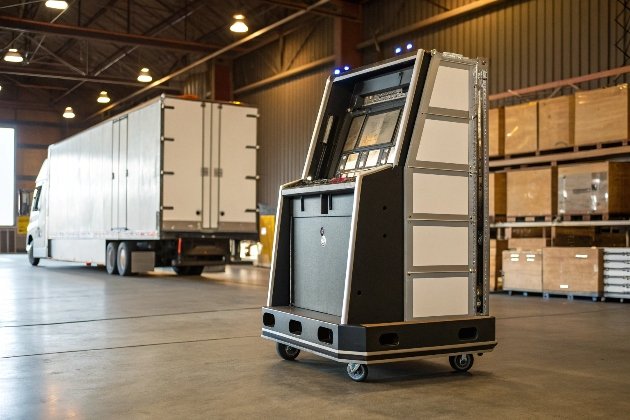
Most modern gaming cabinets are modular, which means each section can be separated. This makes moving and reassembling much easier. Lightweight frames made from MDF or composite materials also reduce the load during transport.
Compact Design Features
| Feature | Function | Benefit |
|---|---|---|
| Modular panels | Detachable sections | Easy to transport and assemble |
| Lightweight frame | MDF or composite plastic | Reduces total weight |
| Adjustable base | Leveling feet | Stable setup on uneven floors |
| Built-in handles | For transport | Simplifies lifting and moving |
Practical Advice
If your venue has narrow entrances or stairways, always measure in advance. You can also request a split-chassis design, where the top and base are shipped separately and joined on-site. This design saves both time and cost during setup. 5
Are There Lightweight Options Available for Smaller Venues?
Many small venue owners I’ve worked with worry about floor load capacity or the difficulty of moving cabinets during renovation.
Yes, lightweight options exist for smaller venues. These models are built with thinner metal frames or composite plastics, reducing total weight by up to 40% compared to standard steel cabinets. 6
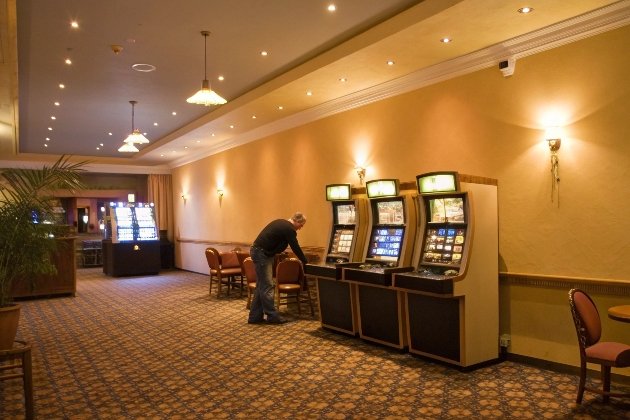
Choosing lightweight models does not mean sacrificing strength or durability. Manufacturers use reinforced plastics, aluminum alloy frames, or laminated wood to balance strength with portability.
Weight Comparison by Material
| Material Type | Average Weight (lbs) | Durability | Mobility Rating |
|---|---|---|---|
| Steel | 400–550 | ★★★★★ | ★★☆☆☆ |
| MDF Wood | 250–350 | ★★★★☆ | ★★★★☆ |
| Composite Plastic | 180–250 | ★★★☆☆ | ★★★★★ |
For smaller venues, MDF and plastic-based cabinets offer the best trade-off between strength and convenience. They are ideal for temporary setups, small arcades, or cafes that frequently rearrange layouts. 7
If the venue requires frequent relocation or seasonal changes, it’s also worth requesting caster wheels or detachable bases to make moving faster and safer.
How Do You Ensure the Cabinets Won’t Overcrowd the Gaming Space?
I’ve seen venues filled with too many cabinets, leaving players uncomfortable. A cluttered space often reduces game time and lowers revenue.
We prevent overcrowding through 3D layout planning and customized cabinet dimensions. Each design balances player comfort, visual spacing, and accessibility to create an open, attractive environment. 8

Cabinet arrangement plays a key role in your venue’s atmosphere. Overcrowding not only reduces comfort but also increases heat and noise. Proper spacing encourages longer play sessions and better traffic flow.
Space Optimization Techniques
- 3D Layout Visualization – Simulate how your cabinets fit before production.
- Ergonomic Placement – Ensure at least 3–4 feet between rows for comfort.
- Zoning by Game Type – Group similar games to reduce crowding.
- Walkway Flow – Maintain clear paths to exits and service areas.
Good layout design improves both player satisfaction and operational safety. Venues that plan properly see higher engagement and smoother daily operations. 9
Conclusion
Right-sized, lightweight, and well-placed cabinets create comfort, efficiency, and a better gaming experience for every visitor. 10
Footnotes
1. Data based on IAAPA standards for arcade equipment dimensions. ↩︎
2. Venue space efficiency guidelines from Arcade Setup Planner. ↩︎
3. Design optimization insights via Gamasutra arcade layout analysis. ↩︎
4. Compact modular construction details from Cabinet Design Weekly. ↩︎
5. Split-chassis approach used in Fish Game Table logistics setup guide. ↩︎
6. Material engineering reference by Engineering Toolbox. ↩︎
7. Lightweight cabinet case study from Modern Arcade Design Review. ↩︎
8. 3D layout planning methods from SketchUp design examples. ↩︎
9. Player flow and ergonomic data by Human Factors in Gaming Spaces Journal. ↩︎
10. Operational efficiency insights from CoinOp Design Standards 2024. ↩︎

